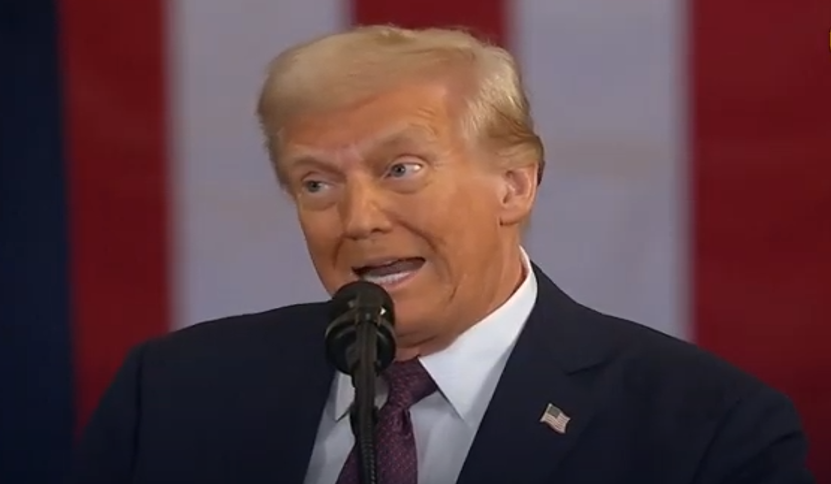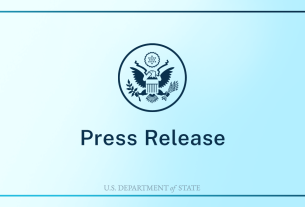WASHINGTON, D.C. — Tucked into the sweeping budget legislation recently passed by House Republicans is a surprising new initiative: government-backed investment accounts for every American baby, informally dubbed “Trump accounts.” The program, modeled on the concept of baby bonds or child development accounts, would seed $1,000 into an investment account for each child born between January 1, 2025, and December 31, 2028.
The proposal, which forms part of the broader GOP-backed “Big Beautiful Bill,” arrives amid sharp debate over budgetary priorities, which also include cuts to Medicaid and sizable tax breaks. But unlike those contested provisions, the baby account plan has drawn support across party lines—and cautious optimism from policy experts.
How the ‘Trump Accounts’ Would Work
Under the current proposal, a $1,000 investment account would be created for every eligible newborn. Parents could open accounts at qualified financial institutions. If they don’t, the government would automatically establish one upon filing the parent’s tax return.
Each account could accept up to $5,000 annually in contributions. Upon reaching age 18, the child could access funds for specific uses:
- Higher education or vocational training
- Small business or agricultural startup costs
- First-time home purchase
Any remaining balance becomes fully accessible at age 31, subject to capital gains taxation.
An Old Idea with New Political Momentum
While nicknamed after former President Donald Trump, the concept of baby bonds has a long bipartisan lineage. Ray Boshara, a senior policy advisor at Washington University in St. Louis, noted that similar proposals were introduced in the early 2000s by both Republican and Democratic lawmakers.
The idea gained new traction in 2010 when economists Darrick Hamilton and William Darity Jr. proposed larger-scale “baby bonds” to directly address the racial wealth gap. Their model envisioned investments of $20,000 to $60,000, adjusted progressively by family income.
After years of dormancy, the concept has re-emerged, this time with conservative backing. “What caught everybody off guard was how quickly this $17.5 billion proposal emerged,” Boshara said.
Economic and Social Benefits: What the Data Shows
Madeline Brown, a senior policy associate at the Urban Institute, calls the accounts a powerful mechanism for long-term wealth accumulation. “Most families simply don’t have the ability to save for their children in this way,” she said. “This approach introduces children to the power of compounding interest and long-term investing.”
A Milken Institute estimate suggests that with modest returns, each $1,000 account could grow to approximately $8,000 by the time the child turns 20.
But the potential impact extends beyond financial returns. A landmark study by the Center for Social Development at Washington University, which enrolled 2,700 Oklahoma children in similar accounts nearly two decades ago, found significant positive side effects:
- Improved social-emotional development in early childhood
- Increased parental expectations for higher education
- Reductions in depressive symptoms among mothers
- Less punitive parenting behavior
Design Flaws: Experts Urge Structural Revisions
Despite broad support, several experts warn that the current legislative framework may limit the policy’s effectiveness.
Michael Sherraden, founding director of the Center for Social Development, expressed concern over the use of individual bank-managed accounts. “Most banks won’t find it profitable to manage small-balance, high-maintenance accounts like these,” he said. Fees could erode account balances, and financial institutions may be reluctant to participate.
Experts suggest a better model would be a pooled investment structure, similar to 529 college savings plans or the federal Thrift Savings Plan. These centralized platforms reduce costs, streamline oversight, and offer standardized returns—features more attractive to institutions and beneficial to low-income account holders.
Furthermore, the accounts are currently subject to capital gains taxes and may count against eligibility for means-tested benefits like SNAP, potentially disadvantaging the very families the program aims to support. Brown notes that lower-income families are more likely to need emergency access to funds, which may trigger penalties if the money is withdrawn early or for non-qualified uses.
Another key risk: without mechanisms for progressive contributions or matching federal deposits, wealthier families could exploit the $5,000 annual contribution cap and accumulate far more capital—thereby deepening, rather than shrinking, wealth disparities.
Looking Ahead: Policy Tweaks Could Broaden Impact
Experts suggest that giving the Treasury Department authority to define and administer the accounts could allow for more effective implementation, sidestepping the challenges of crafting detailed financial policy through legislation.
“The foundation of the program is sound,” said Sherraden, “but the structure matters. If we want this to scale, it needs to be both financially viable and socially equitable.”
As the bill moves to the Senate, it remains to be seen whether lawmakers will refine the account structure to address these concerns. But for now, “Trump accounts” represent a rare bipartisan idea—one that touches both economic policy and the future of wealth-building in America.
Excerpts on pbs.com article By — Hannah Grabenstein



